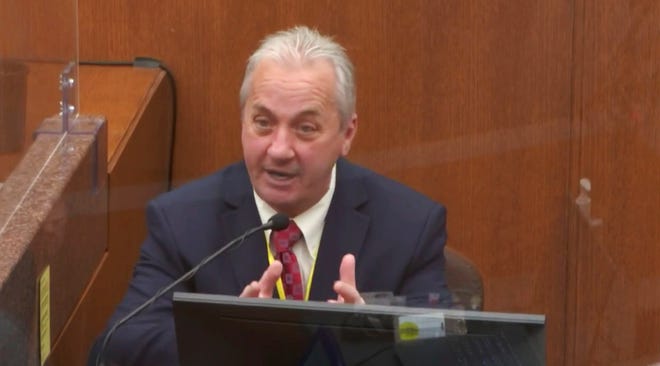
California crews continued battling the state’s largest wildfire of 2022 on Thursday despite a setback in containment levels.
The Mosquito Fire ignited Sept. 6 and ballooned to just over 100 square miles Thursday in Placer and El Dorado counties. The massive blaze surpassed the size of the McKinney Fire that burned more than 93 square miles in California, in July and August.
The growing blaze, fueled by critically dry vegetation, put over 9,200 structures at risk as of Thursday, Cal Fire reported. So far, the blaze has destroyed over 70 structures, according to the California Department of Forestry and Fire Protection.
The Placer County Sheriff's Office reduced the blaze’s containment to 20% Wednesday, down from 25% the previous day. Thousands have been ordered or warned to evacuate as the fire burned east of Foresthill, California.

One firefighter has been injured with non-life-threatening injuries, according to Cal Fire information officer Scott McLean.
Here's what to know about the Mosquito Fire.
MOSQUITO FIRE:Massive wildfire becomes California's largest blaze this year, scorching over 63K acres
What areas were evacuated?
Cal Fire reported more than 11,000 were evacuated from communities near the Mosquito Fire in Placer County, including Michigan Bluff, downtown Foresthill and Todd Valley; as well as Volcanoville, Canyon Creek and Bald Mountain in El Dorado County.
Ninety people refused to evacuate, said Placer County Sheriff's Office Lt. Josh Barnhart at a community meeting Wednesday night. Several animal shelters were also forced to evacuate, according to Cal Fire. There were no new evacuation orders issued as of Thursday, McLean said.

Is the Mosquito Fire contained?
Approximately 3,600 firefighters were working the Mosquito Fire by Thursday, according to McLean. The fire's containment dropped to 20% Wednesday as its size increased by more than 12 square miles in the Foresthill area.
"The fire made some significant runs, so it increased in size and they ended up stretching the line out a little bit farther, so the containment went down accordingly," McLean said. "It's something that definitely can happen, especially the last few years with such volatility of the vegetation," he said.
HURRICANE SEASON CONTINUES:Tropical Storm Fiona forms in Atlantic, headed toward Puerto Rico
Crews were running burning operations to remove fuel from the front of the fire, but the fire is expected to burn into the Eldorado and Tahoe National Forests, according to McLean.
"There are a lot of efforts, a lot of heavy equipment, a lot of personnel out ahead of it on the east side," he told USA TODAY.
How is weather impacting the Mosquito Fire?
Cooler weather, a lack of extreme winds and high daytime humidity levels of 30% has helped firefighters battle the blaze, according to McLean. Winds Thursday and Friday weren't forecasted to be "all that strong," said AccuWeather senior meteorologist John Feerick.
"Hopefully, (firefighters) can make a little bit of inroads over the next couple of days because it does look like over the weekend, there's going to be a storm moving in to the West Coast," Feerick told USA TODAY.
'DEVASTATING':World is 'heading in the wrong direction' on climate change, new UN report warns
Conditions could turn windy ahead of the storm, causing problems for firefighters, he said. Any rain arriving with the storm would "certainly help matters," he added.
Smoke from the Mosquito Fire lowered air quality in the Sacramento region, including Placer and El Dorado counties, to unhealthy levels Thursday, according to the Sacramento Metropolitan Air Quality Management District.
"The last couple of days, it's been really smoky in the Reno area and western Nevada, and if anything, that's probably going to get worse the next couple of days," Feerick said.
Scientists say climate change has made the West warmer and drier over the last three decades and will continue to increase extreme weather events and more frequent, destructive wildfires.
Contributing: The Associated Press
Source link








